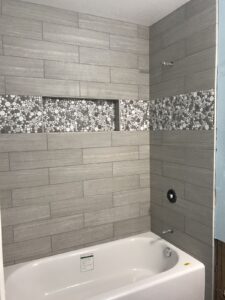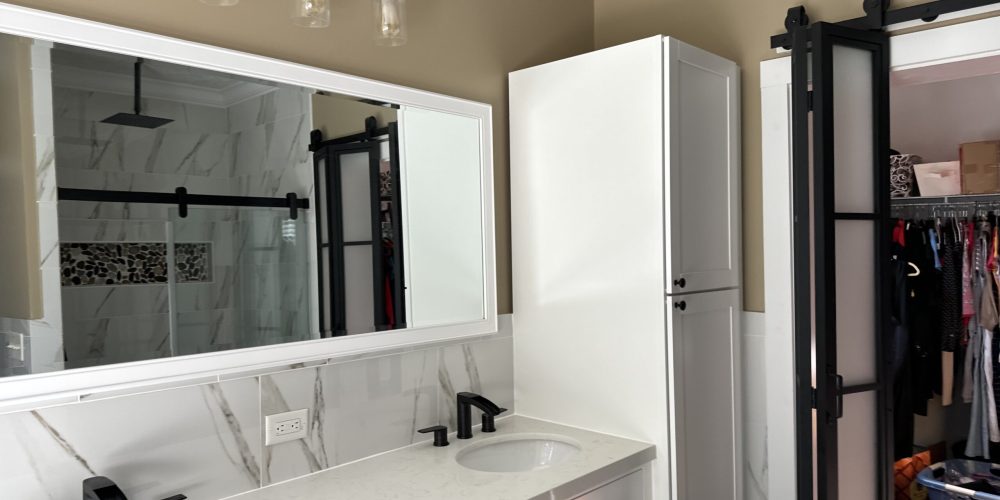
Proper waterproofing in a shower is essential to prevent water damage, mold growth, and structural issues in a bathroom. When it comes to waterproofing, there are several key areas that need to be addressed to ensure a watertight shower enclosure. In this essay, we will explore the importance of proper waterproofing in a shower, the different methods of waterproofing available, and the steps involved in achieving a waterproof shower.
Waterproofing is the process of making a surface or structure resistant to the ingress of water. In the case of a shower, waterproofing is crucial to protect the surrounding walls, floors, and subfloor from water damage. Without proper waterproofing, water can seep into the walls and floors, leading to mold growth, rot, and structural issues over time.
There are several methods of waterproofing a shower, each with its own advantages and disadvantages. One common method is the use of waterproof membranes, which are applied to the walls and floors of the shower enclosure to create a barrier against water penetration. These membranes can be made of various materials, such as sheet membranes, liquid membranes, or fabric membranes.
Another method of waterproofing is the use of waterproof coatings, which are applied directly to the surface of the walls and floors to create a waterproof barrier. These coatings can be applied as a liquid or a paste and are typically made of materials such as epoxy, polyurethane, or acrylic.
In addition to membranes and coatings, there are also waterproofing systems that combine multiple layers of protection to ensure a watertight seal. These systems often include a combination of membranes, coatings, and sealants to provide comprehensive waterproofing for the shower enclosure.
Achieving proper waterproofing in a shower involves several key steps. The first step is to properly prepare the surface by cleaning and repairing any cracks, holes, or damage that could compromise the waterproofing. This may involve removing old tiles, grout, or sealant to create a clean and smooth surface for the waterproofing materials.
Once the surface is prepared, the next step is to apply the waterproofing materials according to the manufacturer’s instructions. This may involve applying a primer, followed by the waterproof membrane or coating, and then sealing the seams and joints with a waterproof sealant. It is important to follow the specific guidelines for each product to ensure a proper application and a watertight seal.
After the waterproofing materials have been applied, it is important to allow an adequate curing time to ensure that the materials have fully bonded and created a waterproof barrier. This may involve waiting a certain amount of time before installing tiles or fixtures in the shower enclosure to prevent damage to the waterproofing.
In conclusion, proper waterproofing in a shower is essential to protect the surrounding walls, floors, and subfloor from water damage and ensure a long-lasting and functional bathroom. By using the right waterproofing materials and following the proper steps for installation, you can create a watertight shower enclosure that will stand the test of time.




